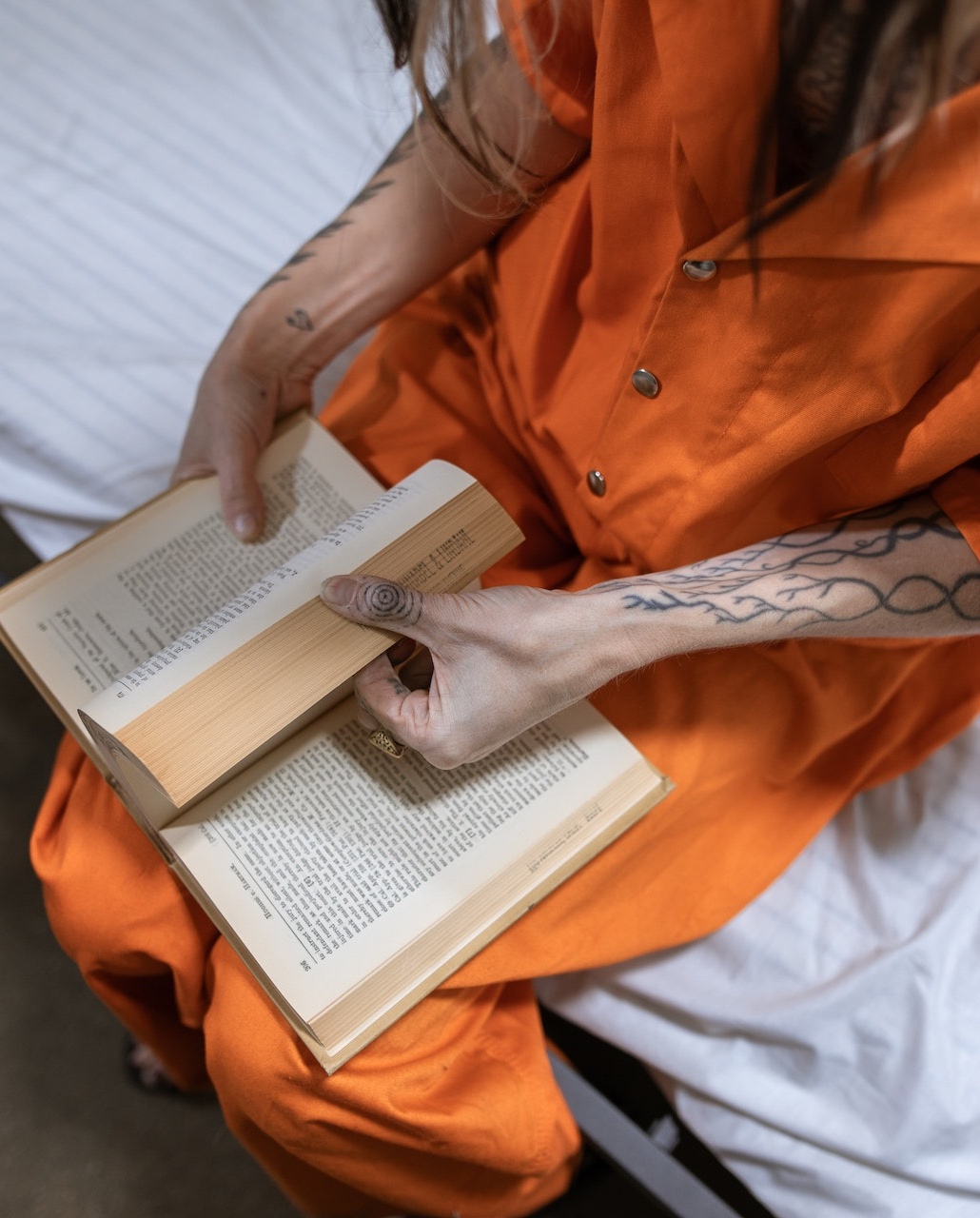Mindfulness meditation for kids is important as today, kids (as well as parents) have shorter attention spans than ever before. Things that were once commonplace like watching sunsets or staring at the stars are now deemed too boring. This age has become more of an age of Instagramming.
When I was younger, I knew people who didn’t have the attention span to watch a full-length movie. Today, many kids can’t do that. They can’t even sit through a TV show without needing to multitask and multi-watch 10-second videos on TikTok.
Our microscopic attention spans, our constant entertainment and distraction, our highly crafted public personas, and our hyper-connected but increasingly isolated existence are all causing record levels of anxiety, stress, sadness, depression, ADD/ADHD, bullying, underdeveloped social skills, unhappiness, and loneliness.
These things are affecting everyone but no one more so than kids. For that, the best and the only antidote to modern technology and modern society is mindfulness meditation.
These days the world is pulling you in a million directions constantly. So, what is the best thing any child or adult can do?
It is to sit down, put everything else away, clear the mind, become centered, relax, and just breathe.
Kids today are blasted by more advertising, more media, more messaging, and more influences than ever before. Today, kids’ lives are moving in hyperdrive compared to 20 years ago.
It might have a positive side by having access to information. However, it is often at the detriment of their mental health and well-being.
From FOMO (Fear Of Missing Out) to feelings of jealousy and inadequacy. These are caused by kids comparing themselves to the prettiest, smartest, most talented, most attention-grabbing, and richest people on the planet. Hence, it’s no wonder that behavioral disorders and even suicide are at all-time highs.
How COVID Made Mindfulness for Kids More Important Than Ever?
Like with everything else going on, COVID is the great accelerator. We now spend even more time on our screens. Not only this, we spend more time alone. This way, we’re asking for even more from our kids.
But asking students with already fragmented attention spans works? More often than not it doesn’t. The idea of paying attention to virtual learning is causing many wonderful students to fall behind.
What your kid needs are attention and guidance. However, some are not getting it. What is the reason you ask? It happens when the parents have to go off to work, and kids are left at home to their own devices.
Kids who lack mindfulness tend to have more impulsivity and behavioral issues. This is because they aren’t aware of their actions and consequences.
They don’t weigh their choices because they lack patience. They can’t pay attention because they are unable to focus.
And they express greater stress, anxiety, and depression because they become consumed by their thoughts and emotions.
How Mindfulness Can Help Children?
Luckily, there is a solution that can benefit almost every single child. They can become calmer, patient, focused, and conscientious. Not only this, but they will also become more thoughtful, compassionate, present, and more joyful.
That solution is mindfulness meditation for kids. Schools around the country have started introducing mindfulness meditation into their curriculum—oftentimes at the schools with the highest levels of disciplinary problems.
The results were overwhelming. What were once overcrowded detentions were suddenly empty.
For entire schools, disciplinary problems decreased, and grades went up. However, most importantly, students had a new and powerful tool in their toolbelt to deal with their emotions and thoughts in order to live a happier and more fulfilled life.
What Mindfulness Teaches Children?
Mindfulness is just about being more mindful of our surroundings. It’s about being mindful of our emotions, thoughts, words, and actions too.
The more aware we become, the wiser we become. Not only this, the more present we are, the better our interactions and our social skills become. The more clearly we can see the world around us and within us, the less we become lost in our thoughts and emotions.
We still have thoughts and emotions, but we don’t get consumed by them. What we do is we merely observe them come and go. We don’t have to act on each thought and impulse, nor do we have to react unconsciously to whatever we’re observing.
Mindfulness, which is the act of focusing on and observing more closely whatever is happening, helps us learn to focus, expand our attention and awareness.
Mindfulness meditation for kids can be the practice of observing our breath, it can be observing our sensory experiences, or it can be observing an activity while remaining present such as walking, eating or yoga.
We all know that when we’re stressed, anxious, or too in our head, we don’t make as good decisions or think as clearly as when we are calm and relaxed. For this reason, mindfulness meditation can help children study and perform better in school. The more we practice mindfulness, the greater our empathy becomes.
As students become more compassionate and better able to regulate their emotions, mindfulness meditation has been shown to reduce both the occurrence and effects of bullying in schools.
How Mindfulness Meditation Makes This Possible?
By observing without judging or identifying with our thoughts and opinions, we create distance between ourselves and what we are observing. This distance creates less emotional distress and a greater sense of peace and calm.
When we meditate, we observe thoughts, emotions and sensations arise and then fall away. We repeatedly practice letting go of whatever comes up without resistance.
This letting go in meditation is a habit that will help children not act impulsively on a sudden desire, and will help them remember that whatever they are feeling or thinking is only temporary and will soon pass.
Most importantly for kids and parents alike during COVID while we’re socially distancing, seeing the extra time spent at home as an amazing gift and opportunity to become happier and more peaceful is a wonderful perspective to have.
Children and adults are usually kept incredibly busy and this newfound free time on our hands presents endless opportunities to learn that it’s perfectly ok to sit with yourself, to become more peaceful, to grow emotionally, get wiser and become happier.
Path to Peace with Todd Perelmuter Newsletter
What Age is the Right Age for Kids to Learn Mindfulness?
There’s no time like the present to learn mindfulness meditation. Often when we start meditating as adults. This can be more difficult to undo the decades of conditioning our minds have gone through. One that has learned to only be happy when our minds are hyperstimulated.
This is why it is important to teach mindfulness to our children. Once they understand what it is, it will be easier for them to be mindful throughout their lives.
For toddlers, mindfulness meditation will look very different than what it will look like for teenagers. Teenagers are more susceptible to a different kind and intensity of stress.
A young child can grasp things easily. This will help them make mindfulness meditation a lifestyle. Moreover, mindfulness will look like games and exercises that will help take their attention into the present moment.
As kids grow older and become more self-aware, short guided meditations can be introduced. As kids become teenagers, it’s a good time for them to learn how to sit and reflect with soothing music.
No matter the age, every child deserves the best chance at having a life. This life should be filled with joy and love, health, and happiness. Study after study has shown that mindfulness meditation can do exactly that.



